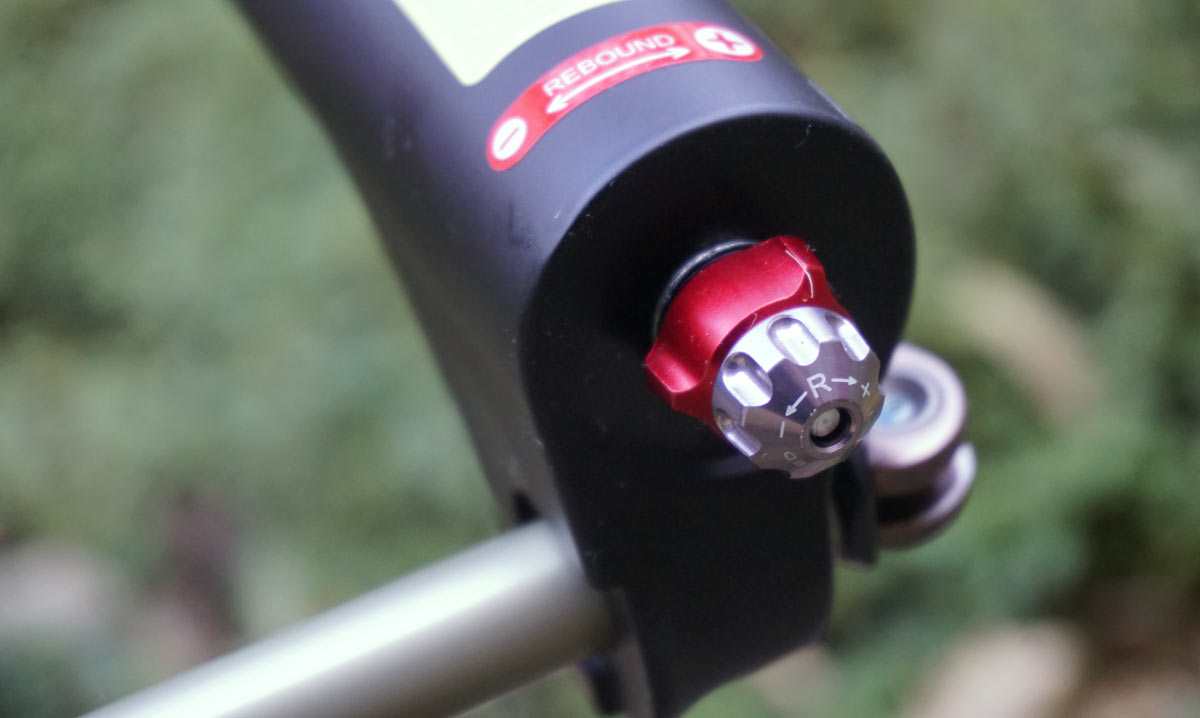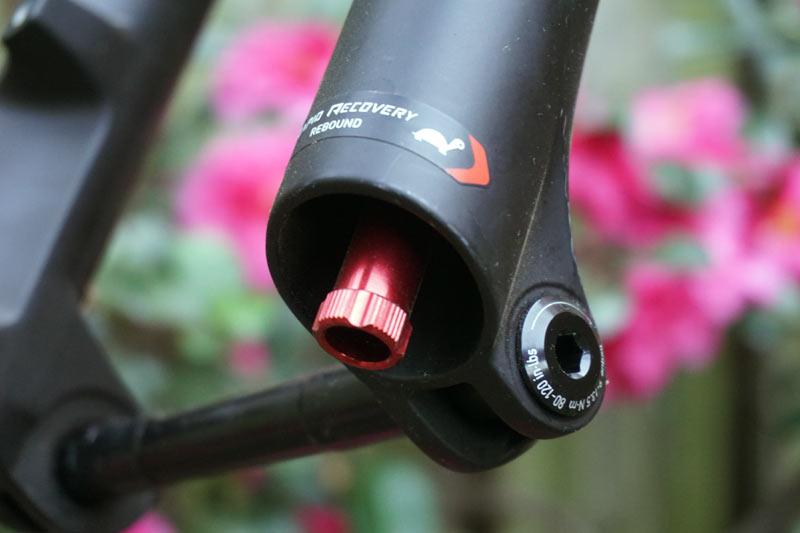In the last episode we covered the key difference between high and low speed compression, which controls how quickly your suspension compresses on different types of hits. Rebound, obviously, controls your suspension’s return to it’s original state. On the surface, it seems obvious, but there’s a big difference in what’s dictating their movement speed.
With compression, the speed of your impact is dictating the speed of your compression, which is controlled by the damping circuits. With rebound, the speed is dictated by the spring rate. A stronger spring, whether coil or air, will rebound faster. Regardless of the spring’s strength, you need a rebound damping circuit to control the rebound rate so your suspension isn’t bouncing back too quickly and causing a loss of control.
You don’t want too much rebound damping, either. If your suspension returns too slowly, it won’t be ready to take the next impact and will eventually get bogged down through successive hits. Which means it’s unable to fully absorb multiple impacts,
Like before, we’ll use the term shock generically, referring to both the fork and shock on a mountain bike.
HOW DO HIGH & LOW SPEED REBOUND DAMPING DIFFER?
To reiterate, High speed rebound has nothing to do with the speed of your impact. Instead, it’s a response to the size of your impact. You’re really only using your High speed rebound when you take a big hit that compresses the shock most or all of the way through its travel. Here’s why: When you shock is fully compressed, the air spring’s pressure is higher and wants to push back (i.e. “rebound”) harder and faster.
So, just as your shock starts to rebound from a big hit, it’s bouncing back faster, and that’s when it’s pushing oil through the High speed rebound damping circuit. That circuit is there to control the rate of rebound as your shock starts to return from its end of stroke. As it rebounds further out, getting closer to the fully extended starting position, its rebound rate slows because the air spring’s pressure lessens. As it does, the oil transitions its flow path from the High speed rebound circuit to the Low speed rebound circuit.

Most of your time is likely spent in the first 2/3 of your travel, where the Low speed rebound circuit controls things. That’s why most forks and shocks only include an external control for Low speed rebound – it gives you the most noticeable tuning adjustments. The High speed circuit is usually set at the factory, either in a stock setting for a fork, or custom tuned for a particular full suspension frame’s leverage ratio and shock rate.
Now that you know what they’re for, check out our Suspension Setup Guide to tune your fork and shock’s rebound settings for the best performance!
The fun never ends. Stay tuned for a new post each week that explores one small suspension tech, tuning or product topic. Check out past posts here. Got a question you want answered? Email us. Want your brand or product featured? We can do that, too.

